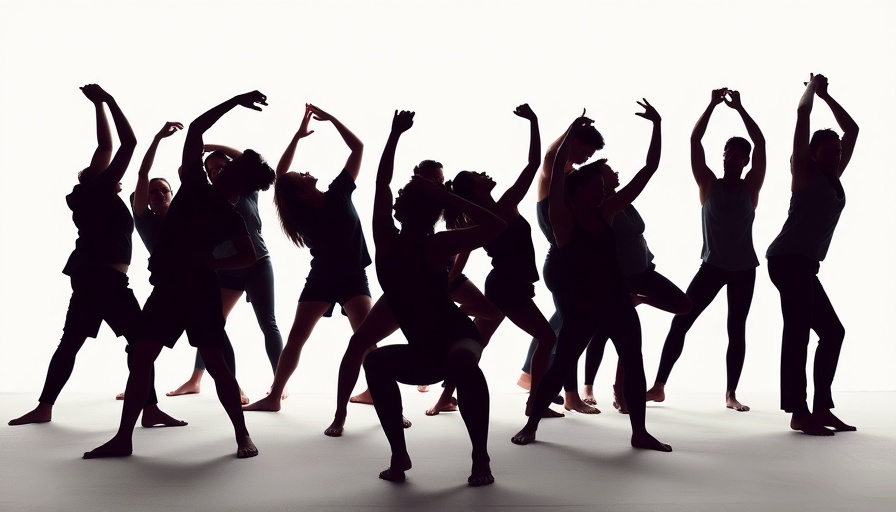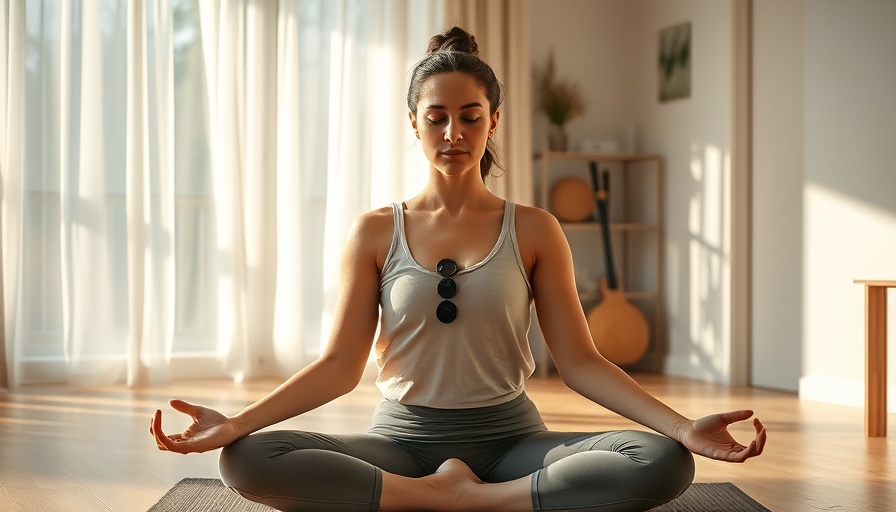
The Magic of Stretching: Enhancing Flexibility and Recovery
Stretching—it’s something we all do, whether intentionally in a yoga class or instinctively after a long nap. A recent study dives into how three stretching techniques—slow dynamic, fast dynamic, and static stretching—impact recovery from fatigue. In this insightful exploration, the key focus is to identify which form of stretching offers the best boost in flexibility, balance, joint awareness, and strength, particularly after tiring exercises.
Exploring the Benefits: Why Stretching Matters
For practitioners, teachers, and students of yoga, understanding the nuances of stretching can shed light on how to optimize our physical activities. Regular exercise is beneficial, but it comes with the risk of muscle fatigue. Stretching is commonly recommended to offset this, offering a way to enhance flexibility, improve joint movement, and potentially avert injuries. The main types of stretching—static and dynamic—serve different purposes: static stretching involves holding a position, while dynamic stretching moves muscles through their full range. So, which one should you prioritize?
Historical Context: The Evolution of Stretching Techniques
Stretching has seen an evolutionary journey, from ancient yogic traditions to modern athletic practices. Initially, static stretching was considered the gold standard due to its simplicity and ease. However, research has uncovered that long static stretches can impair certain functions like jumping and sprinting, which raised questions about its efficacy in enhancing performance. Meanwhile, dynamic stretching has gained traction for improving strength and agility without compromising power. This shift in understanding has encouraged athletes and yogis alike to incorporate dynamic elements in their routines for better muscle coordination and body awareness.
Future Trends: The Road Ahead for Stretching Practices
In the coming years, the dialogue around stretching is expected to shift even further. As studies continue to reveal the benefits of dynamic stretching over static for particular activities, we might see a broader acceptance and use of fast dynamic stretching. This practice is particularly beneficial in activities demanding quick reflexes and strength, hinting at a future where stretching is more personalized to fit one’s specific needs and the type of physical activity they engage in.
Engage with Lifelong Yoga Benefits
Unlocking the secrets of these stretching techniques can help practitioners enhance their yoga practice, safeguard their well-being, and boost their recovery. Whether you're a seasoned yogi or a curious student, incorporating the right kind of stretching into your routine might just be the key to a healthier, more balanced life.
 Add Row
Add Row  Add
Add 




 Add Row
Add Row  Add
Add 

Write A Comment